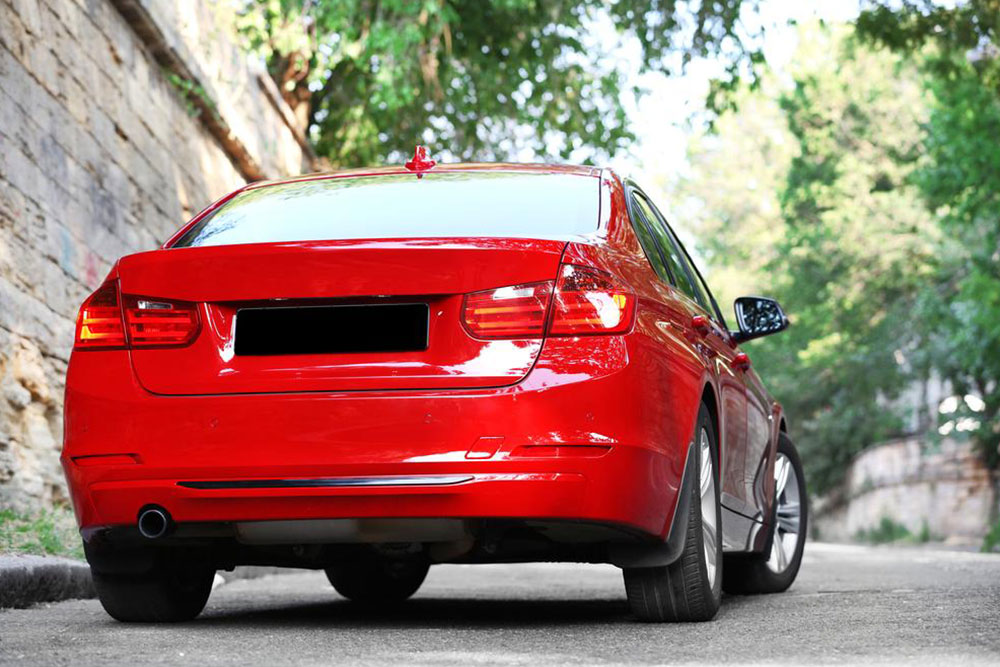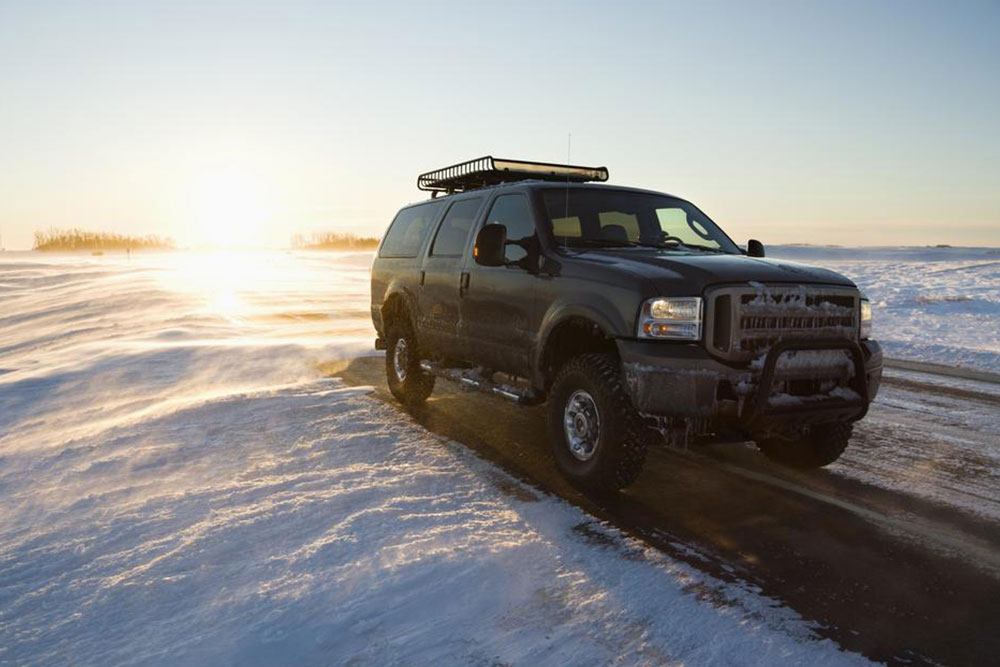Comprehensive Guide to Buying the Perfect Compact Pickup Truck
This comprehensive guide offers essential insights into purchasing a compact pickup truck, covering cab options, bed sizes, transmission choices, drive systems, features, and tips for buying used. Whether for work or leisure, learn how to select the perfect small pickup truck tailored to your needs, ensuring comfort, efficiency, and value. Make informed decisions with expert advice on vehicle options, configurations, and smart buying strategies to maximize your investment in a versatile pickup vehicle.

Comprehensive Guide to Buying the Perfect Compact Pickup Truck
If you're in the market for a versatile vehicle capable of handling light towing tasks, transporting cargo, or serving as a reliable workhorse for various outdoor activities, a compact pickup truck is an excellent choice. These vehicles combine efficiency, maneuverability, and practicality, making them suitable for both urban environments and rural areas. However, with a vast range of models, brands, and configurations available, selecting the ideal small pickup truck can be a challenging task. To ensure you make an informed decision, it is essential to understand the critical factors that influence your purchase. From cab sizes to bed lengths and technological features, every aspect plays a role in finding the perfect match for your needs.
Understanding Different Cab Options and Their Implications
The cab size of a pickup truck significantly affects both the interior space and overall functionality. The choice hinges on your primary usage—whether you prioritize passenger comfort, cargo capacity, or a balance of both. Here, we explore the most common cab configurations:
Regular Cab: This basic configuration features two doors and a single row of seating. It offers a simple, straightforward design with minimal interior space but maximizes cargo bed length, making it perfect for work-related tasks where passenger seating isn't a priority.
Extended Cab: Slightly larger, this type includes additional seating with smaller rear-hinged doors that typically open only when the front doors are open. It's a versatile option for those who need occasional rear-seat access without sacrificing cargo bed length.
Double Cab (Crew Cab): Equipped with four full-size doors, the double cab provides significantly more interior space and rear-seat legroom. It's ideal for families or groups requiring comfortable seating during long trips or daily commutes, without compromising cargo capacity.
When selecting a cab type, consider your primary needs—whether for work, family outings, or dual-purpose use—and how often you'll utilize the rear passenger area.
Determining the Ideal Bed Size for Your Needs
The truck bed is a defining feature of pickups, dictating how much cargo you can carry and influencing the overall utility of the vehicle. The bed dimensions typically range from about 5 to 8 feet in length, depending on the manufacturer and cab configuration. Here's what to consider when choosing the appropriate bed size:
Small Beds (5-6 feet): Suitable for light cargo, tools, or small equipment. Easier to maneuver in tight spaces and more manageable for urban driving.
Medium Beds (6-7 feet): Offers a good balance between cargo capacity and vehicle handling, ideal for those with moderate hauling needs.
Long Beds (8 feet): Maximizes cargo space, perfect for hauling larger or bulkier items, but may impact maneuverability and fuel efficiency.
Assess your typical cargo volume and type before settling on a bed length. Remember, a larger bed may come with increased vehicle weight and potentially higher costs.
Transmission Choices and Their Impact on Your Driving Experience
Most modern compact pickup trucks come with automatic transmissions, favored for their ease of use, especially in stop-and-go city driving and varied terrains. Automatic gearboxes allow for smoother acceleration, better fuel economy, and less driver fatigue during long trips. Nevertheless, manual transmissions still have a presence in the market, primarily appealing to enthusiasts and those seeking lower initial costs or better control in off-road conditions.
When choosing between automatic and manual, reflect on your driving habits:
Automatic: Conducive to daily commuting, stop-and-go traffic, and towing, offering convenience and ease of handling.
Manual: Suitable for off-road adventures, spirited driving, and those looking for a lower purchase price, though it requires more skill and attention from the driver.
Drive Systems: 2WD vs. 4WD
Understanding the drive system is crucial, especially considering the environments where you'll be operating your pickup. Two-wheel-drive (2WD) trucks are generally more affordable, lighter, and offer better fuel efficiency. They are well-suited for daily commuting, light-duty hauling, and urban settings. Conversely, four-wheel-drive (4WD) models excel in off-road conditions, snowy, muddy terrains, and challenging weather. They provide enhanced traction and stability, making them indispensable for outdoor work or recreation enthusiasts.
However, 4WD systems tend to add weight, increase maintenance costs, and consume more fuel. Therefore, assess how often you'll need off-road capabilities against these considerations:
For regular city and highway driving: 2WD trucks are sufficient and more economical.
For outdoor adventures or work in rough terrain: 4WD offers the additional capability needed.
Equipping Your Pickup with Modern Features
Today's compact pickup trucks come with a broad array of technological and comfort features, transforming them into fully equipped, modern vehicles. When selecting a model, prioritize features that improve safety, convenience, and comfort, such as:
Navigation systems and touchscreen infotainment displays
Bluetooth connectivity and smartphone integration
Heated seats and climate control systems
Advanced driver-assistance systems like parking sensors, collision warnings, and lane departure alerts
Off-road packages with upgraded suspension, skid plates, and off-road tires
Towing packages with trailer sway control and additional wiring harnesses
While these features enhance your driving experience, they often come at an added cost. Determine which amenities are essential based on your typical driving patterns, safety concerns, and comfort preferences.
Tips for Buying Used Compact Pickup Trucks
Opting for a used pickup truck can be a smart financial decision, offering significant savings over new vehicles while still delivering reliable performance. Before making a purchase, conduct thorough research regarding the vehicle's history, condition, and maintenance records. Here are some guidelines to follow:
Inspect the vehicle thoroughly for signs of rust, wear, or damage.
Obtain a comprehensive vehicle history report to check for accidents, title issues, or recalls.
Have a trusted mechanic perform a detailed inspection, including engine, transmission, brakes, suspension, and tires.
Test drive the truck to assess its handling, braking, and comfort levels.
Compare prices of similar models in your area to ensure you're paying a fair price.
Buying used can extend your budget and allow access to higher-end models or additional features that might be out of reach when buying new. Always prioritize safety and reliability in your decision-making process.
In conclusion, choosing the right compact pickup truck involves understanding your specific needs, evaluating key features, and considering both new and used options. By carefully analyzing cab sizes, bed lengths, transmission types, drive systems, and available features, you can find a vehicle that perfectly suits your lifestyle and work requirements. Remember to perform diligent research and inspections, especially when purchasing pre-owned, to make a confident and satisfying investment in your next pickup truck.





